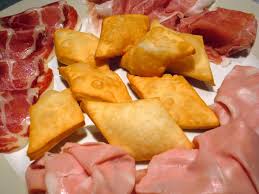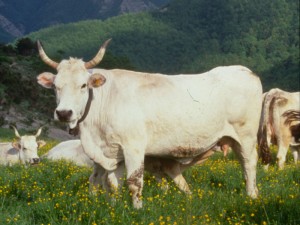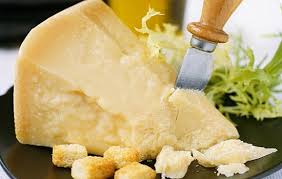Emilia Romagna: culinary traditions
Emilia Romagna is composed of two neighboring regions that have had different histories. In 1860 Emilia
encompassing the cities of Modena, Reggio, Parma and Piacenza was annexed to the Kingdom of Italy. The administrative boundaries of the region were expanded so much to include the city of Bologna, Ferrara and the whole Romagna. The two areas have very different cultures and destinations, as well as to characterize the art of cooking.
The cuisine of Emilia is grand, solid, flavorful and seasoned, and is likely from the ‘500/’600 tradition that inherited these characters, for which still today Bologna is called the “fat”. In the complex history of the region, the life of the courts has certainly had a lot of influence, and it shows the wealth of recipes from Maestro Martino to continue Messisbugo and Vincenzo Tanara.
Among the authors of the art kitchen Artusi also remember that in his “Science in the Kitchen …” says:
“When you meet the Emilian cuisine, take a bow, because if it deserves it.” Lovely and bons vivants Emilians have always been lovers of food, eat good food and discussing about food with tremendous passion.
Three stars of this cuisine: Parmesan cheese, egg pasta stuffed and not stuffed, cured meats as salami, ham, culatello and fried dumplings.
Romagna
The romagnoli have always been lovers of food, although the food in the ancient recipe of this area almost is not there, except in exceptional circumstances such as Cappelletti, probably because it lacked the chefs of the great noble families here replaced by the power of the Church. A symbol of Romagna is a symbol known everywhere: the piadina, which in this country is not just a food, with over a thousand kiosks scattered along the coast, but it is a real phenomenon. The geographic reality and history have created a cuisine that here can be divided into three areas: the sea, the countryside and the meats.
A symbol of Romagna is a symbol known everywhere: the piadina, which in this country is not just a food, with over a thousand kiosks scattered along the coast, but it is a real phenomenon. The geographic reality and history have created a cuisine that here can be divided into three areas: the sea, the countryside and the meats. The sea food is related to the abundance of fish in the Adriatic, especially rich in oily fish (cooked grilled or fried), and the stretches of rocky coast, mussels, clams and other shellfish. Vegetables and fruit stand in prepared dressings often made from shallots, zucchini, onions, eggplant, tomatoes and peppers (with whom is realized the characteristic puree).
The sea food is related to the abundance of fish in the Adriatic, especially rich in oily fish (cooked grilled or fried), and the stretches of rocky coast, mussels, clams and other shellfish. Vegetables and fruit stand in prepared dressings often made from shallots, zucchini, onions, eggplant, tomatoes and peppers (with whom is realized the characteristic puree). The opulence of the meat has its origins in the kitchen dates back to the Byzantine Empire and to the Signorie, we remember especially: pork, beef (race Romagna), and poultry cooked in the oven with abundant use of lemon and rosemary.
The opulence of the meat has its origins in the kitchen dates back to the Byzantine Empire and to the Signorie, we remember especially: pork, beef (race Romagna), and poultry cooked in the oven with abundant use of lemon and rosemary.






Leave a comment